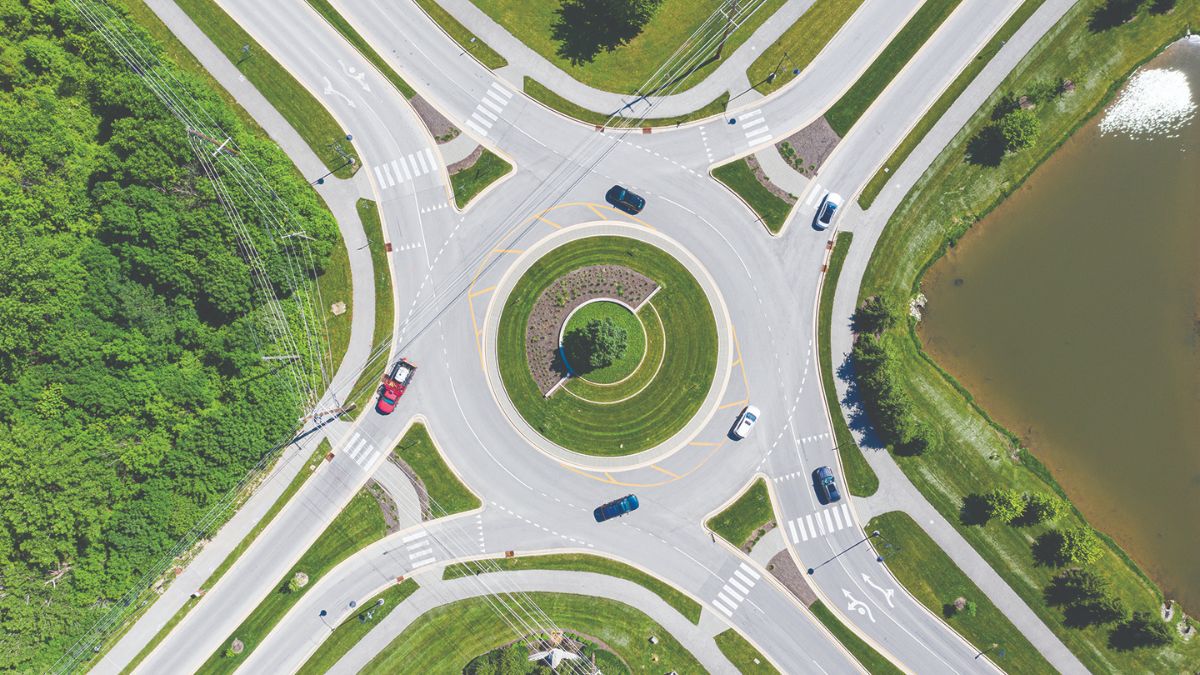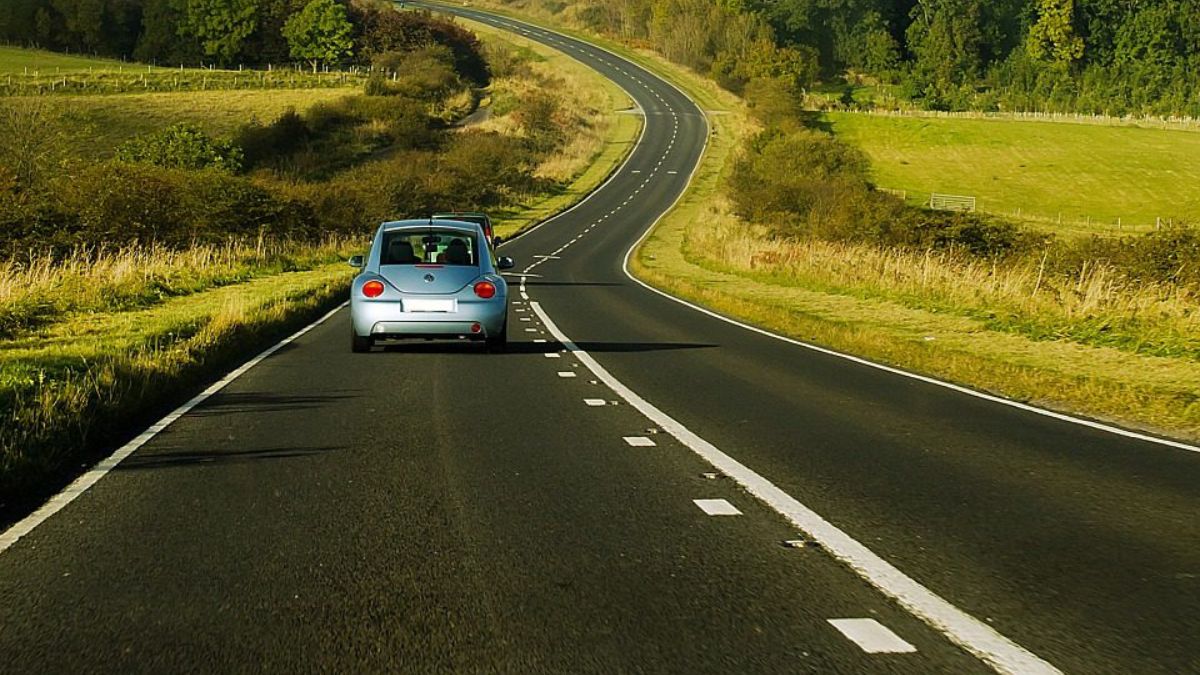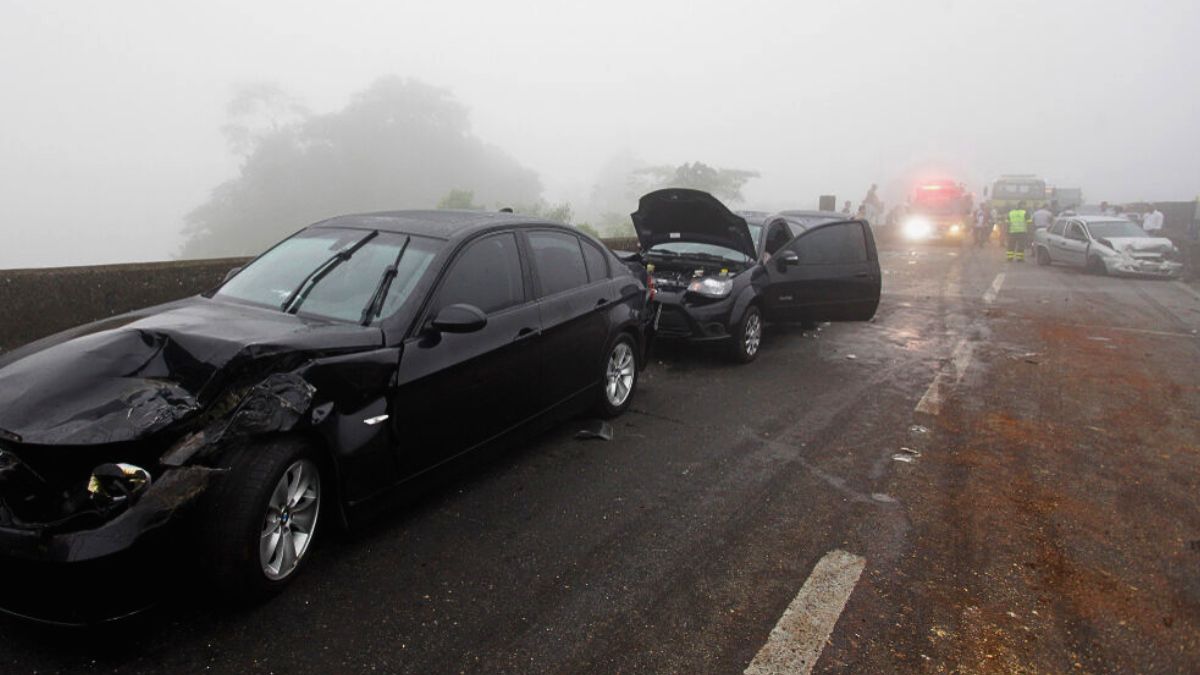Have you noticed more roundabouts popping up where stoplights used to be? You’re not imagining things. Across the U.S., cities and towns are swapping out traditional traffic signals for roundabouts, and it’s not just for looks. These circular intersections are proving to be safer, more efficient, and even better for the environment. Let’s cut into why roundabouts are becoming the go-to solution in traffic design.
Safety
One of the biggest reasons roundabouts are replacing traffic lights is safety. Traditional intersections with red lights tend to have higher rates of severe crashes, especially T-bone and head-on collisions. Roundabouts, on the other hand, significantly reduce the chance of serious accidents. Since vehicles all travel in the same direction and at slower speeds, crashes are more likely to be fender benders than fatalities.
According to the Federal Highway Administration, roundabouts can reduce serious crashes by up to 78%. That’s a major upgrade when you’re talking about busy intersections.
Flow
Traffic signals make you stop and wait, even when no cars are around. That’s frustrating and inefficient. Roundabouts keep traffic moving continuously. Instead of coming to a complete stop, drivers slow down, yield, and merge into the circle. This leads to less idling, shorter lines, and smoother flow during both peak and off-peak hours.
Plus, there’s no more sitting through a red light at midnight when you’re the only one on the road.
Cost
Installing and maintaining traffic signals isn’t cheap. Between the electricity bills, maintenance, and software upgrades, traffic lights can cost tens of thousands of dollars per year per intersection. Roundabouts, on the other hand, run on zero electricity. Once built, they require very little upkeep.
Yes, they can be more expensive upfront to construct, but over time, the savings add up. For budget-conscious cities, roundabouts are a smart long-term investment.
Environment
Less stopping and starting means fewer emissions. Roundabouts reduce vehicle idling, which cuts down on fuel consumption and greenhouse gases. It’s a small change that adds up when multiplied across hundreds or thousands of intersections. In a world where cities are trying to reduce their carbon footprint, this is a big win.
Also, roundabouts take up less space than you might think, leaving room for landscaping, bike lanes, or pedestrian features.
Simplicity
Believe it or not, roundabouts are easier for drivers than signalized intersections. There are fewer decisions to make—just yield, enter, and exit. No worrying about turning on red or getting stuck in the middle of the intersection when the light changes. For pedestrians and cyclists, well-designed roundabouts with crosswalks and splitter islands are often safer than navigating crosswalks at a busy traffic light.
Resistance
Of course, not everyone loves roundabouts—especially at first. People unfamiliar with them can be confused or hesitant. But studies show that once drivers get used to the layout, most actually prefer them. With a little education and signage, roundabouts can quickly become second nature.
More and more communities are embracing roundabouts as a smart, modern solution. Whether it’s safety, cost savings, or reducing emissions, the benefits are hard to ignore. So next time you find yourself circling through one, just remember: it’s not just a loop—it’s the future of traffic design.
FAQs
Are roundabouts safer than stoplights?
Yes, they reduce serious crashes by up to 78%.
Do roundabouts help traffic flow better?
Yes, they reduce delays and keep cars moving.
Are roundabouts more eco-friendly?
Yes, less idling means fewer emissions.
Do roundabouts cost less?
Long-term, they cost less to maintain than signals.
Why don’t people like roundabouts?
Mainly unfamiliarity, but most adapt quickly.

















